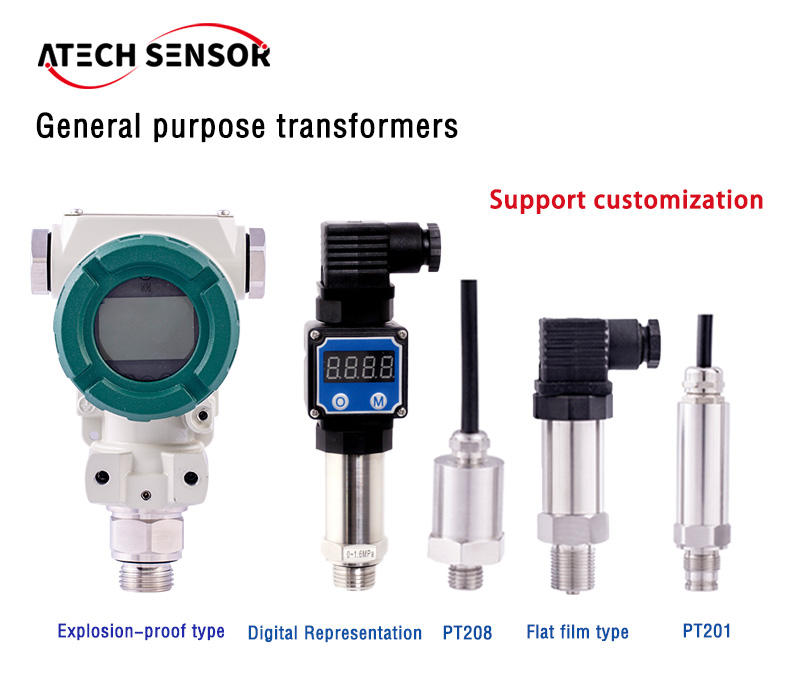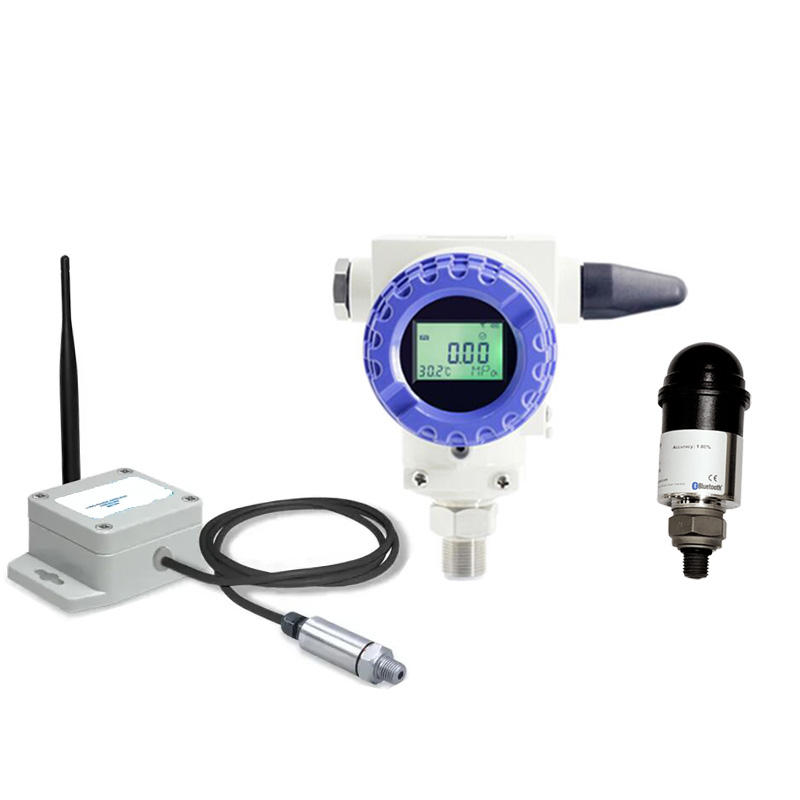For industry novices, navigating the world of pressure measurement instruments can be daunting. With a multitude of available transmitters and transducers, it can be overwhelming to determine which is the right fit for your application. This guide aims to demystify these essential tools by explaining what they do, how they work, and the differences between them. By the end of this article, you’ll be able to speak knowledgeably about pressure sensor basics and know whether a pressure transmitter or transducer is the best fit for your needs. So, let’s get started!

Transmitter vs Transducer: What They Do and How They Work
Pressure transmitters and transducers are crucial for monitoring and controlling the pressure of air, gas, or liquid in various commercial and industrial applications. They are designed to withstand extreme temperatures, high shock, and vibration, making them suitable for demanding installation environments.
Pressure Transmitters
• Chemical plants
• Food and beverage manufacturing
• Power generation and distribution facilities
• HVAC/R systems
• Industrial equipment manufacturing
• Health and safety products
Pressure Transducers
• HVAC systems
• Process controls
• Industrial machinery
They are particularly useful when shorter wiring distances are involved, such as in:
• Brake pressure monitoring in off-road vehicles and railways• Oil and fuel pressure monitoring in off-road transportation
• Heating and cooling liquid levels in HVAC pumps and controls
• Medical equipment for monitoring liquid and gas levels

Comparing Pressure Ranges, Accuracy, and Cost
Pressure Ranges
Both transmitters and transducers can measure a wide range of pressures, from low-pressure sensors (0-0.01 in. H2O) to high-pressure sensors (up to 72,000 psi). The pressure range you need will depend on your specific application requirements.
Accuracy
Static Accuracy (excluding temperature effects)
• 1%: Low Accuracy• 5%: Average Accuracy
• 25%: Good Accuracy
• Better than 0.1%: High Accuracy
Temperature Effects (-5 to 185 °F)
• 5%: Low Accuracy• 3%: Average Accuracy
• 5%: Good Accuracy
• Better than 1%: High Accuracy
The accuracy requirements for your application will largely determine whether you choose a pressure transmitter or transducer.
Cost and Reliability
Cost and reliability are also important considerations. Generally, transmitters might be more expensive due to their capability to transmit signals over long distances. However, transducers can be more cost-effective for applications with shorter wiring distances. Both types of sensors are designed to be reliable, but the specific environment and usage will affect their longevity and performance.
Conclusion
Whether you’re monitoring brake pressure in off-road vehicles or ensuring the precise control of chemical plant processes, knowing the right pressure sensor to use will enhance the efficiency and reliability of your operations.
If you have further questions or need assistance in selecting the right pressure measurement instrument, feel free to contact us. We’re here to help you make the best choice for your specific needs.

